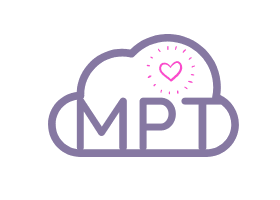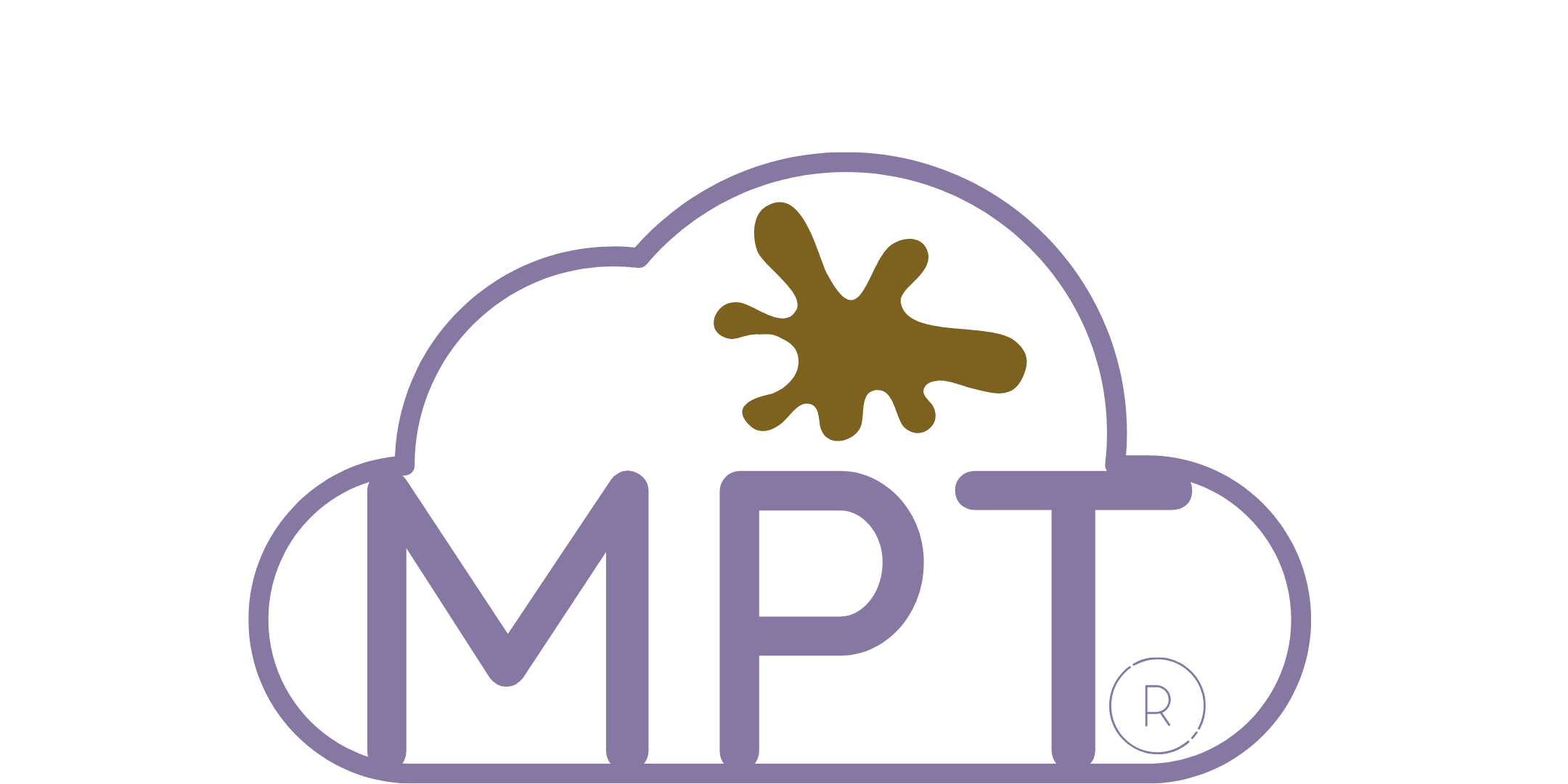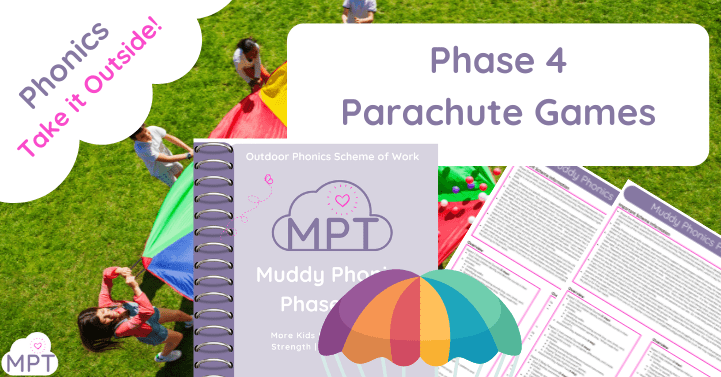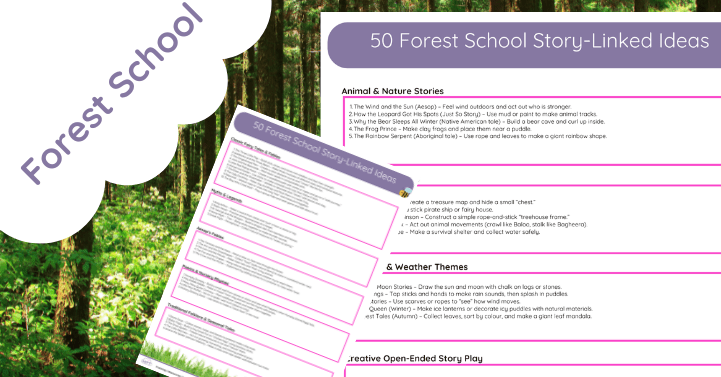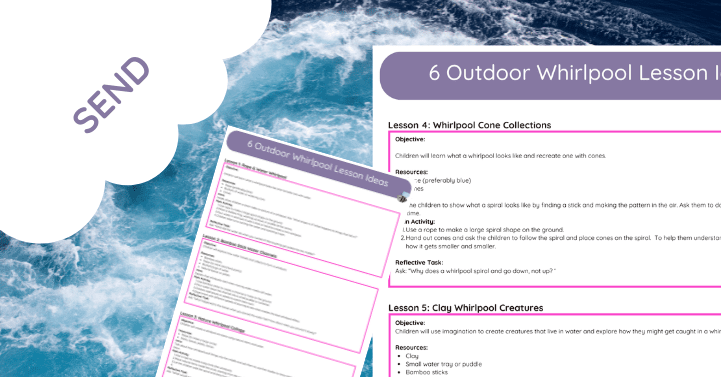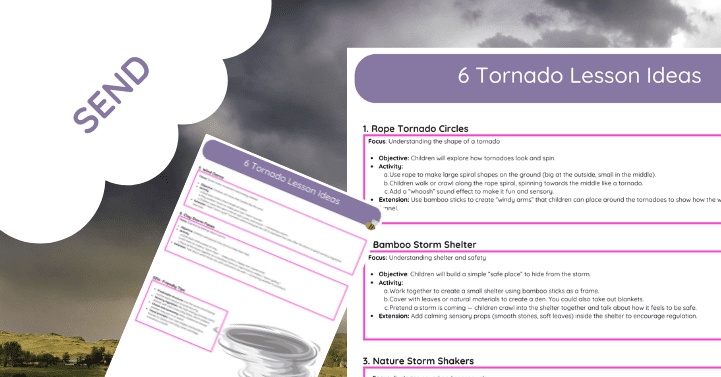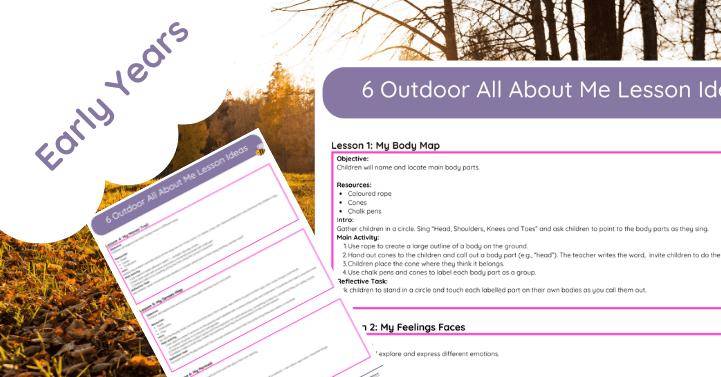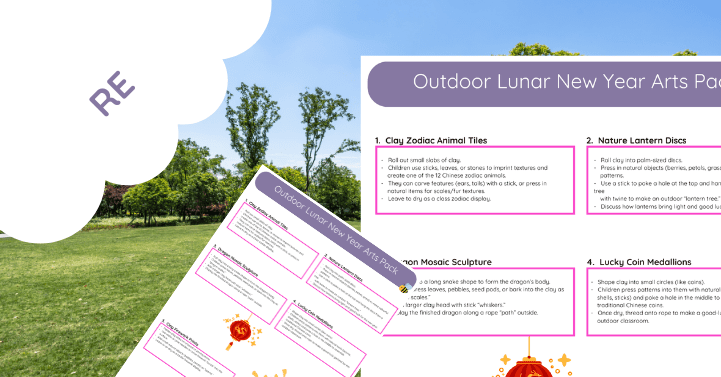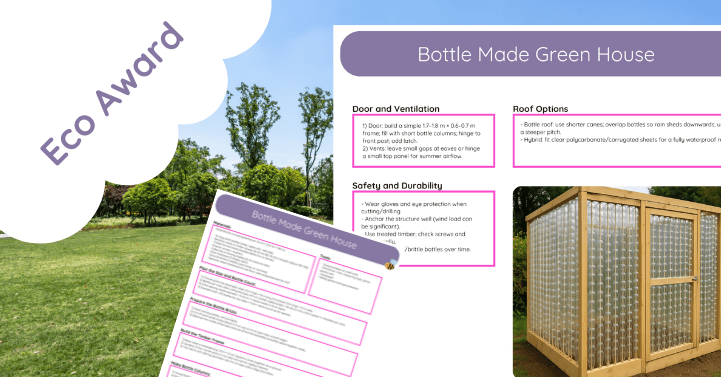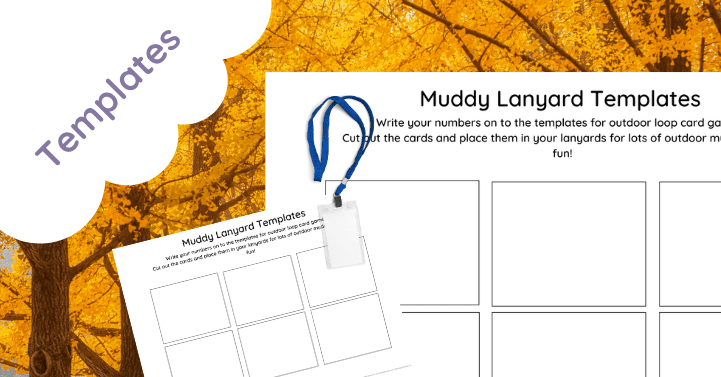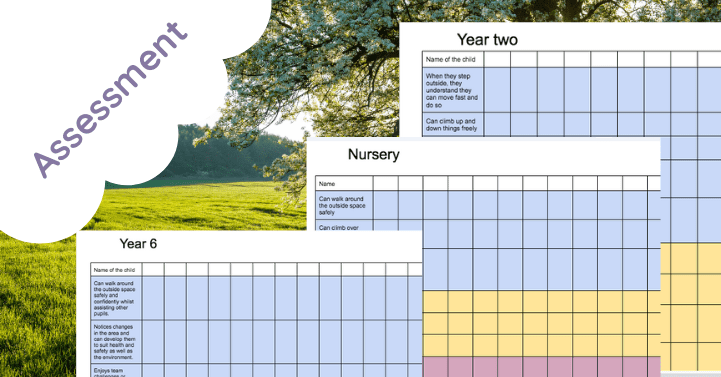Phase 4 Phonics Parachute Games – Active Learning for Confident Readers
Take Phase 4 phonics outdoors with Parachute Games for Early Literacy – an exciting, multi-sensory approach to developing reading and spelling confidence! These engaging movement-based activities help children practice blending, segmenting, adjacent consonants, and tricky words while promoting teamwork, coordination, and phonemic awareness.
Key Features:
- Interactive & Engaging: Fun parachute games designed to reinforce Phase 4 phonics skills, including CVCC, CCVC, and CCVCC words.
- Active Learning Outdoors: Encourages physical movement, gross motor development, and teamwork alongside phonics instruction.
- Multi-Sensory Approach: Combines sight, sound, and movement to improve letter-sound recognition and word retention.
- Social & Collaborative: Promotes cooperation, turn-taking, and communication through group activities.
- Curriculum-Aligned: Supports Phase 4 phonics objectives from the Letters and Sounds framework and EYFS curriculum.
What’s Included?
✔ 6 structured parachute phonics games, including:
- Blending Bounce – Practice blending CVCC and CCVC words
- Tricky Word Popcorn – High-frequency word recognition
- Parachute Phonics Relay – Segmenting words for spelling
- Who’s Hiding? – Sound discrimination with CCVCC words
- Sound Hunt – Sorting initial and final consonant blends
- Parachute Story Builder – Sentence construction and fluency practice
✔ Step-by-step instructions for each game
✔ Adaptable activities to suit different skill levels
✔ Tips for outdoor learning & group play
Benefits for Children:
- Boosts blending and segmenting confidence.
- Enhances phonemic awareness and tricky word recall.
- Develops gross motor skills and coordination.
- Provides a fun and engaging alternative to classroom phonics.
Perfect for teachers, home educators, nurseries, reception classes, and Forest Schools, these outdoor phonics parachute games bring literacy learning to life in a playful and interactive way!
Phase 4 phonics is a crucial stage in a child’s reading development, focusing on consolidating previously learned sounds and enhancing their ability to read and spell words with adjacent consonants. Unlike earlier phases, no new graphemes are introduced; instead, the emphasis is on blending and segmenting more complex words to build reading fluency.
Key Objectives of Phase 4 Phonics:
- Blending and Segmenting: Children practice blending sounds to read words and segmenting words to spell them, particularly those with adjacent consonants like “trap,” “string,” and “milk.”
- Reading and Spelling Tricky Words: Introduction of tricky words that cannot be decoded phonetically, such as “said,” “have,” “like,” and “some.”
- Reading Fluency: Encouraging children to read words more fluently without needing to sound out each phoneme individually.
Benefits of Phase 4 Phonics:
- Enhanced Reading Skills: By focusing on words with adjacent consonants, children improve their decoding abilities, leading to more fluent reading.
- Improved Spelling: Segmenting complex words into individual sounds aids in accurate spelling, reinforcing the connection between phonemes and their graphemes.
- Expanded Vocabulary: Learning to read and spell a wider range of words, including tricky words, broadens a child’s vocabulary and enhances comprehension.
- Foundation for Advanced Phonics Phases: Mastery of Phase 4 prepares children for subsequent phases, where they will encounter more complex spelling patterns and multisyllabic words.
Supporting Your Child Through Phase 4:
- Regular Practice: Engage in daily reading activities that include words with adjacent consonants to reinforce blending skills.
- Use of Phonics Games: Interactive games can make learning fun and reinforce phonics concepts.
- Encouragement: Celebrate successes to build confidence and motivate continued learning.
